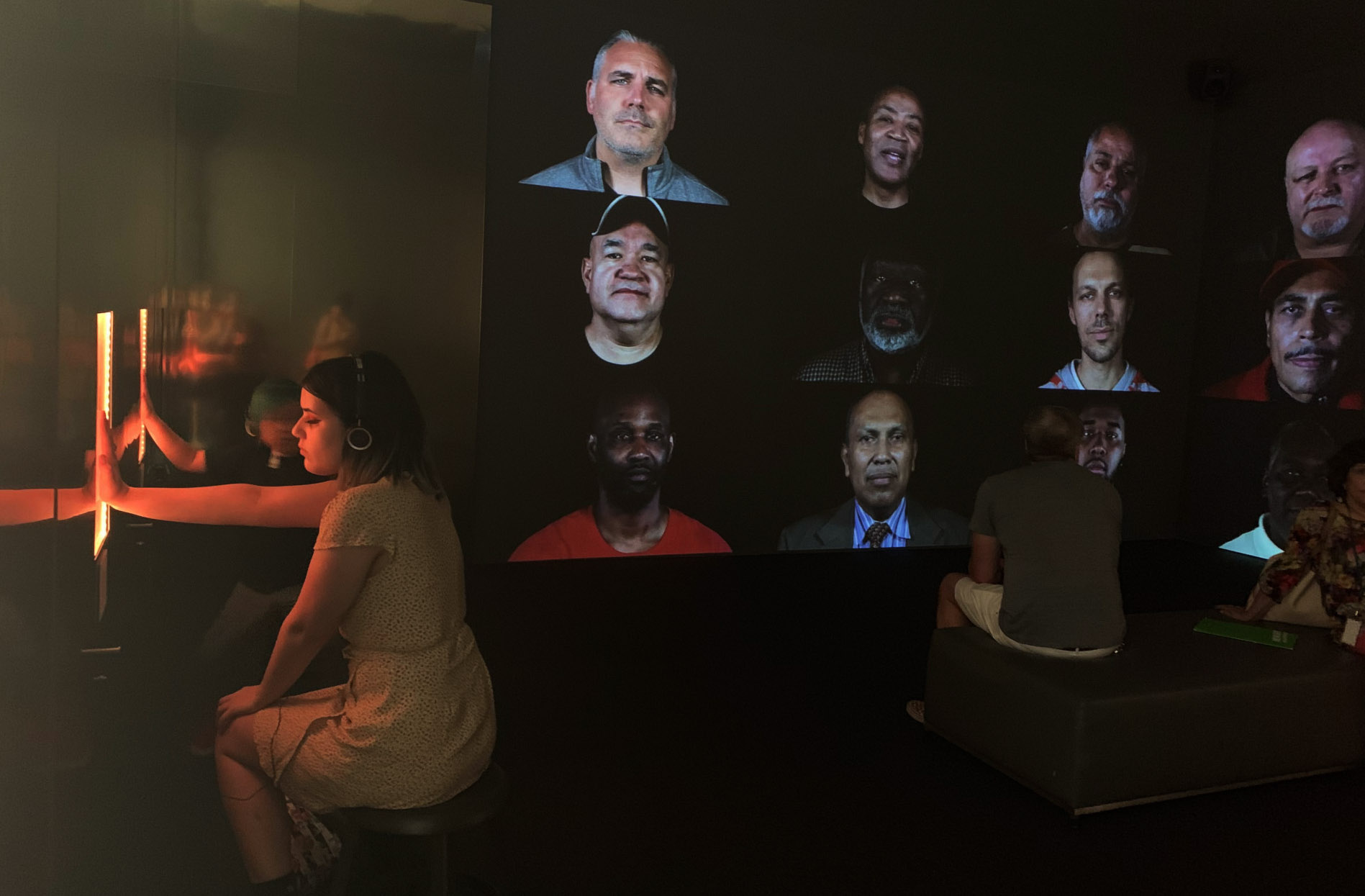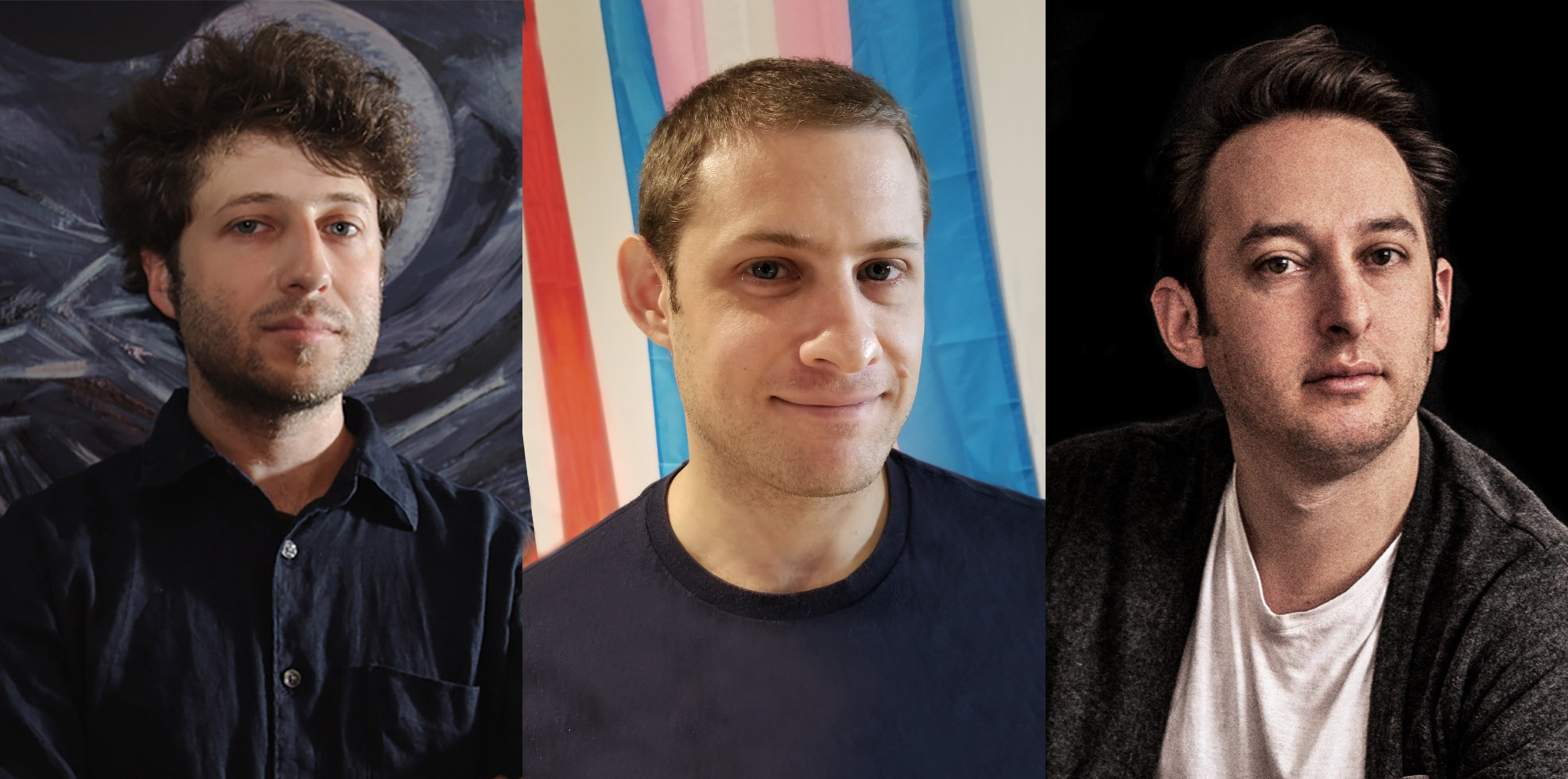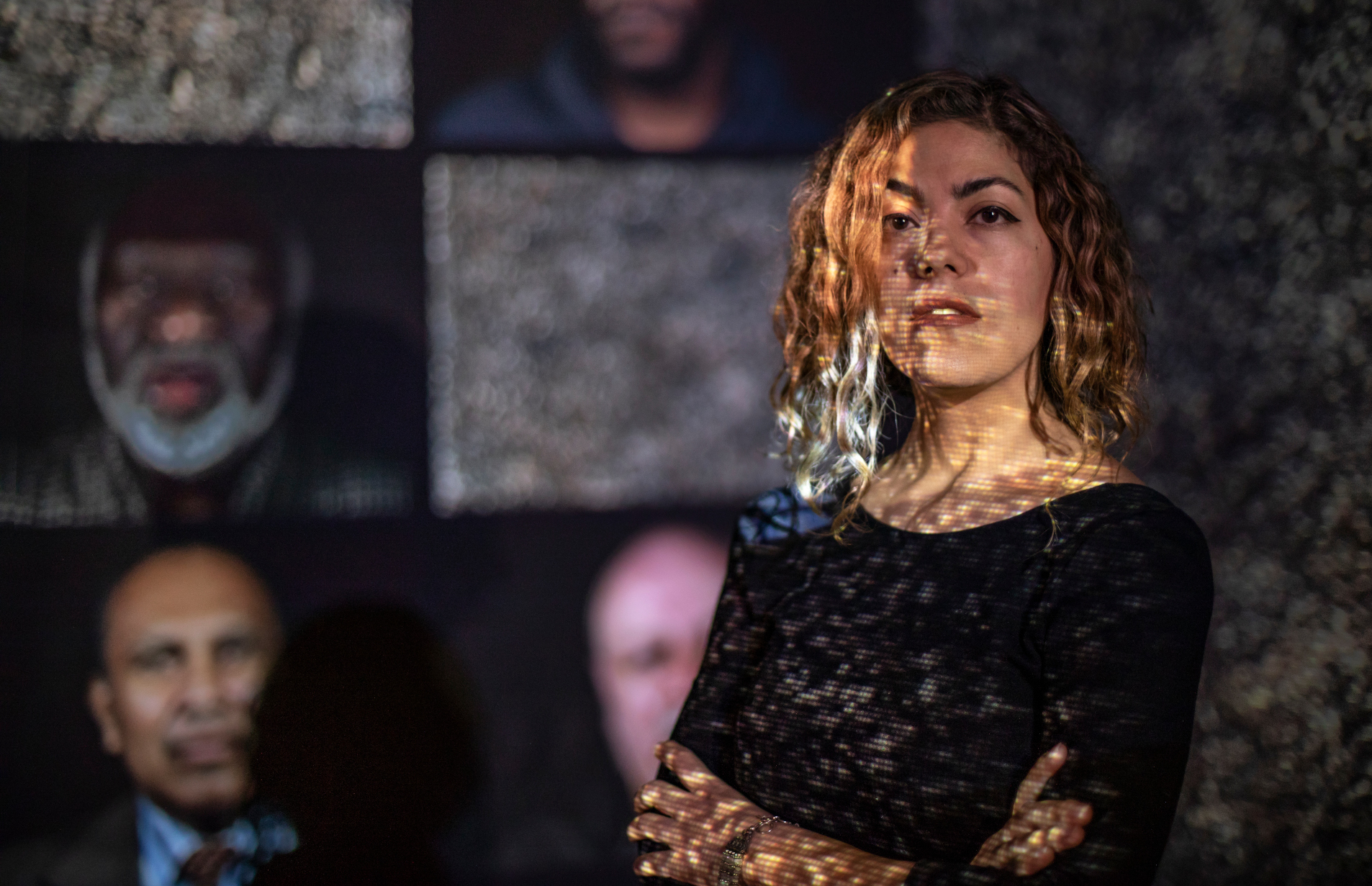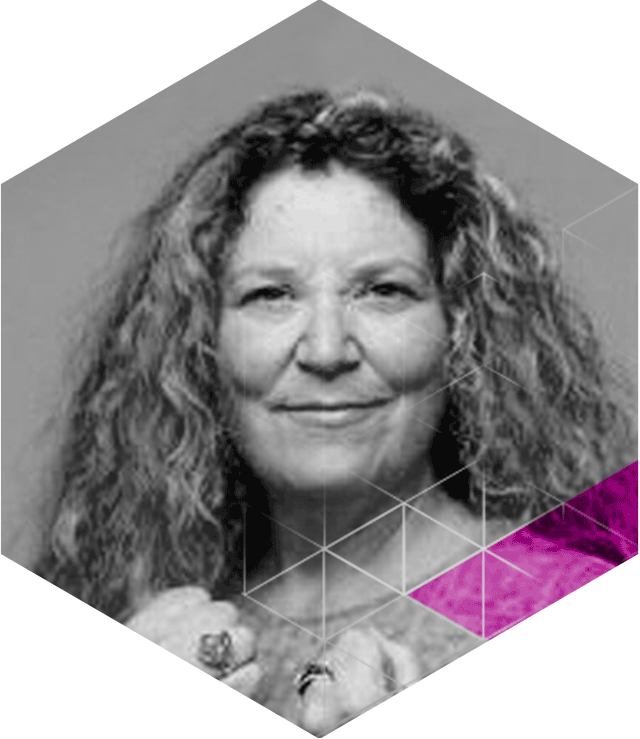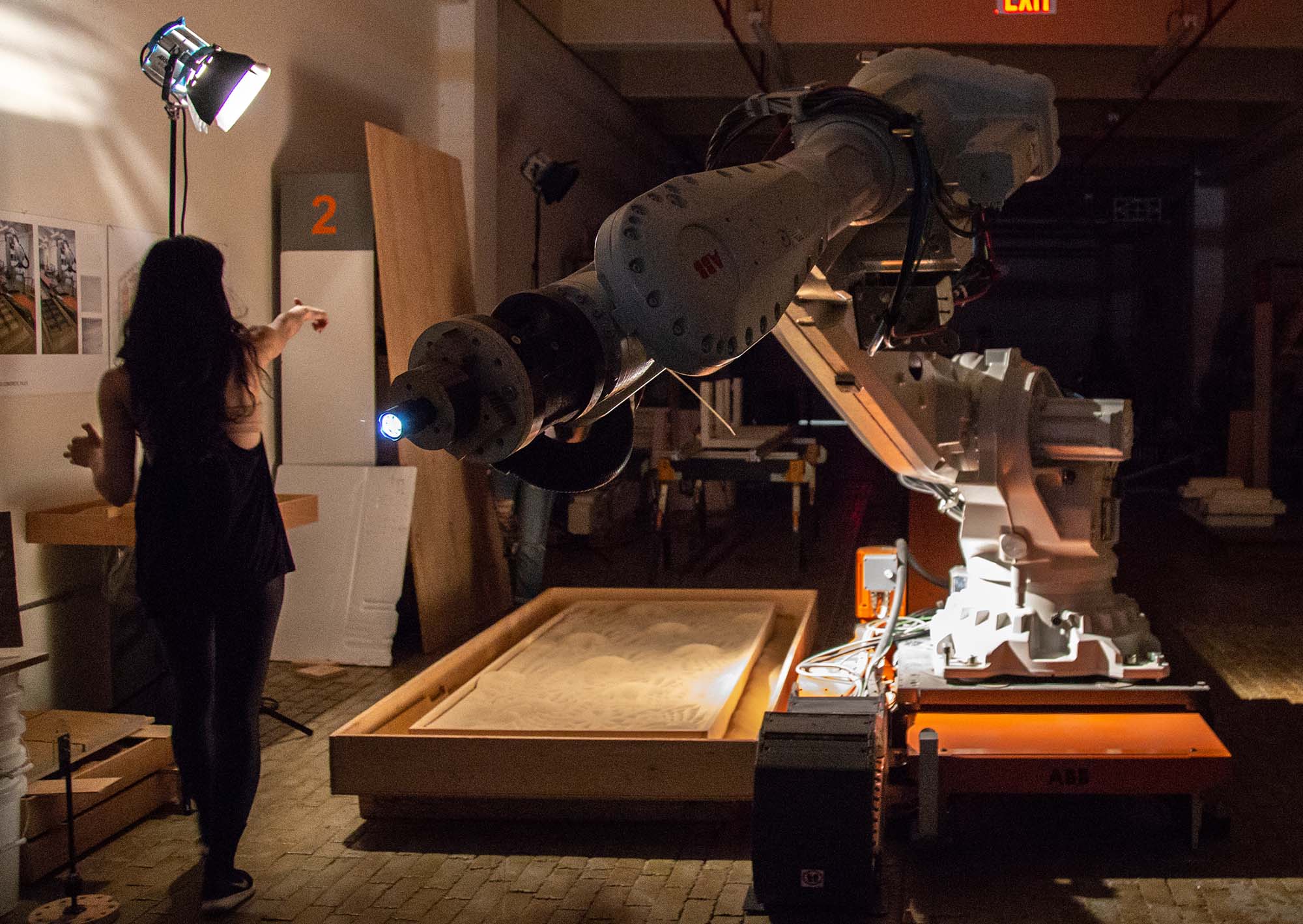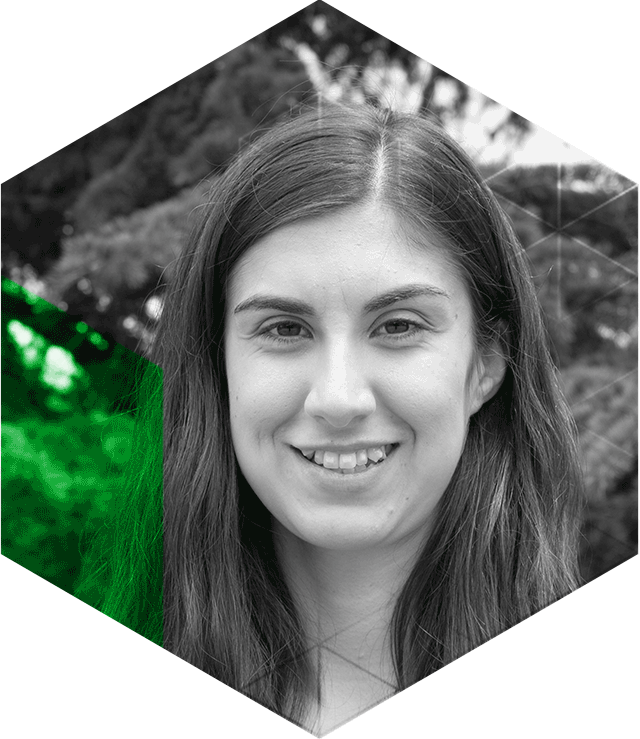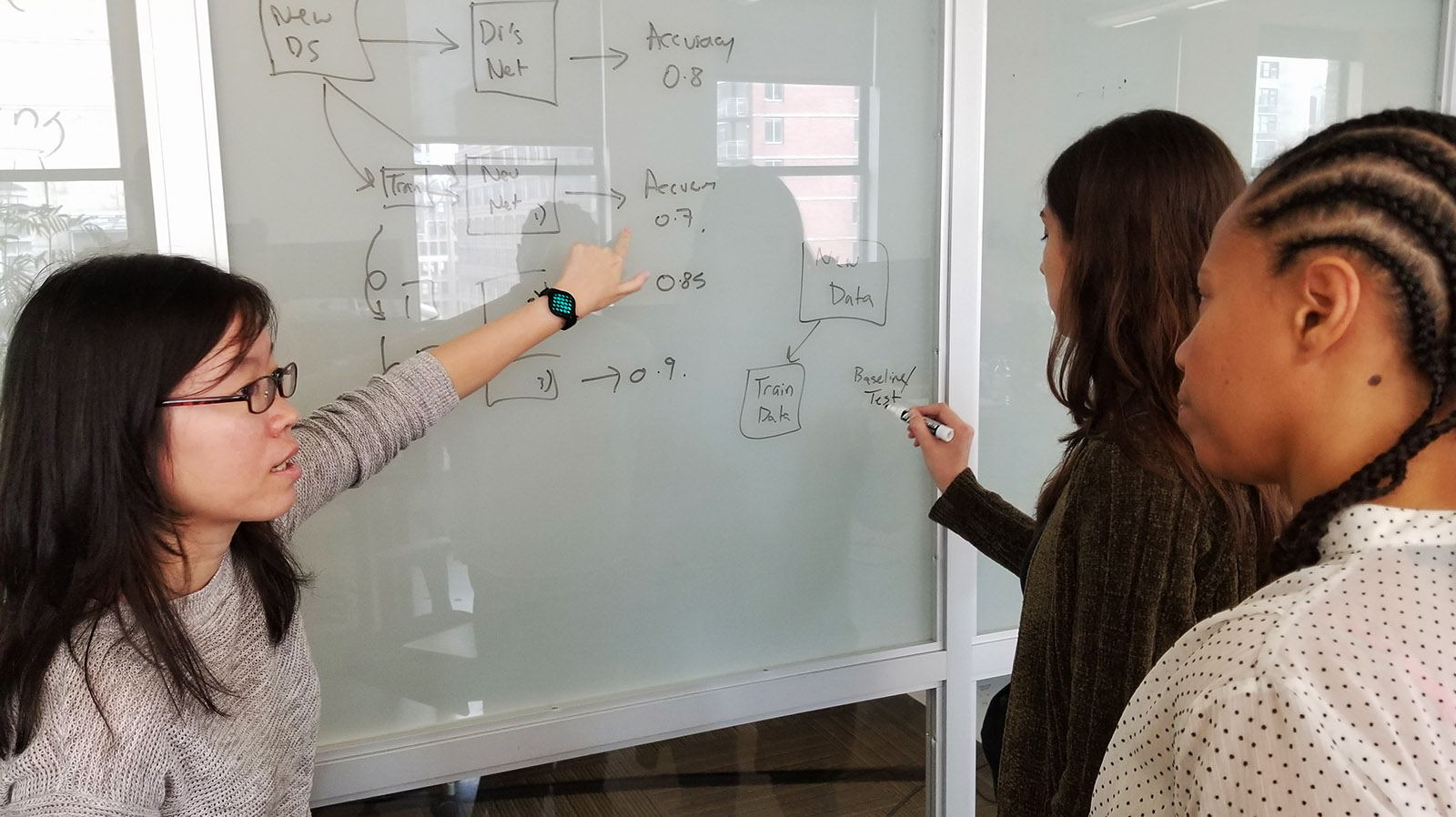Karen Palmer Exhibits at Cooper Hewitt, Smithsonian Design Museum in New York
Karen Palmer, working with a team at Thoughtworks Arts, is exhibiting her recent project Perception iO at the Cooper Hewitt Design Museum in New York, Sept. 20, 2019 - May 17, 2020.
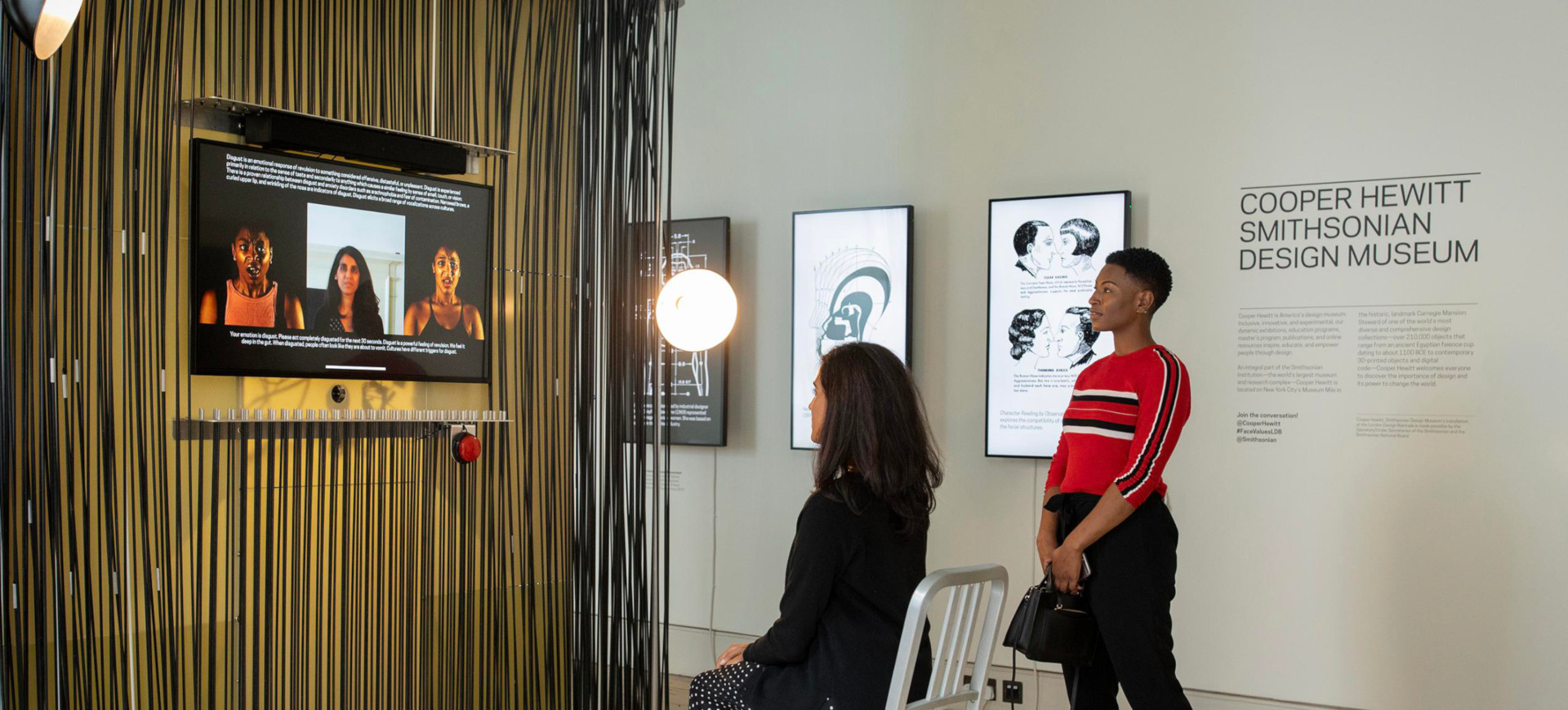
Perception iO is a facial emotion detection and eye tracking immersive film. Over the summer Karen teamed up with a dedicated team of programmers at Thoughtworks to develop Perception iO, and to integrate the Tobii Pro eye gazing hardware into her installation.

